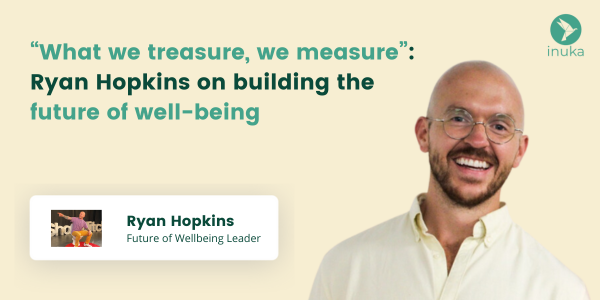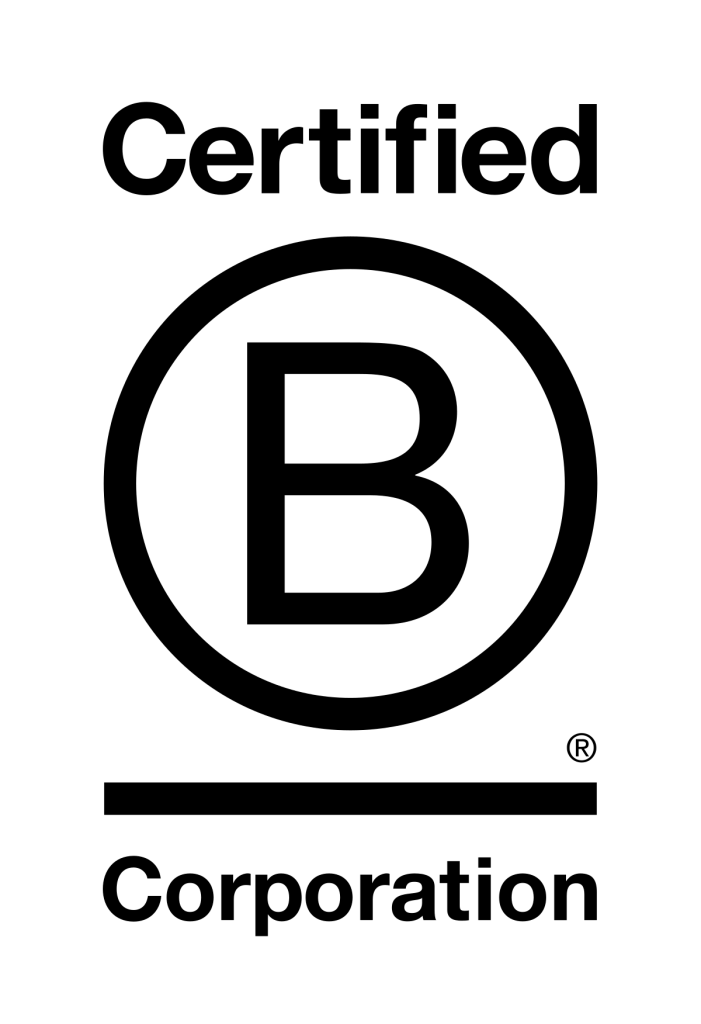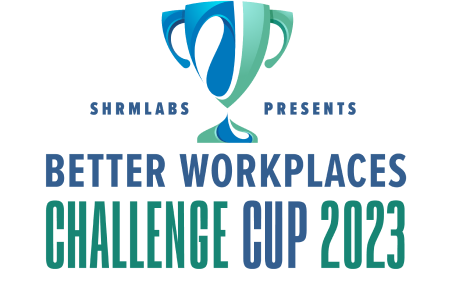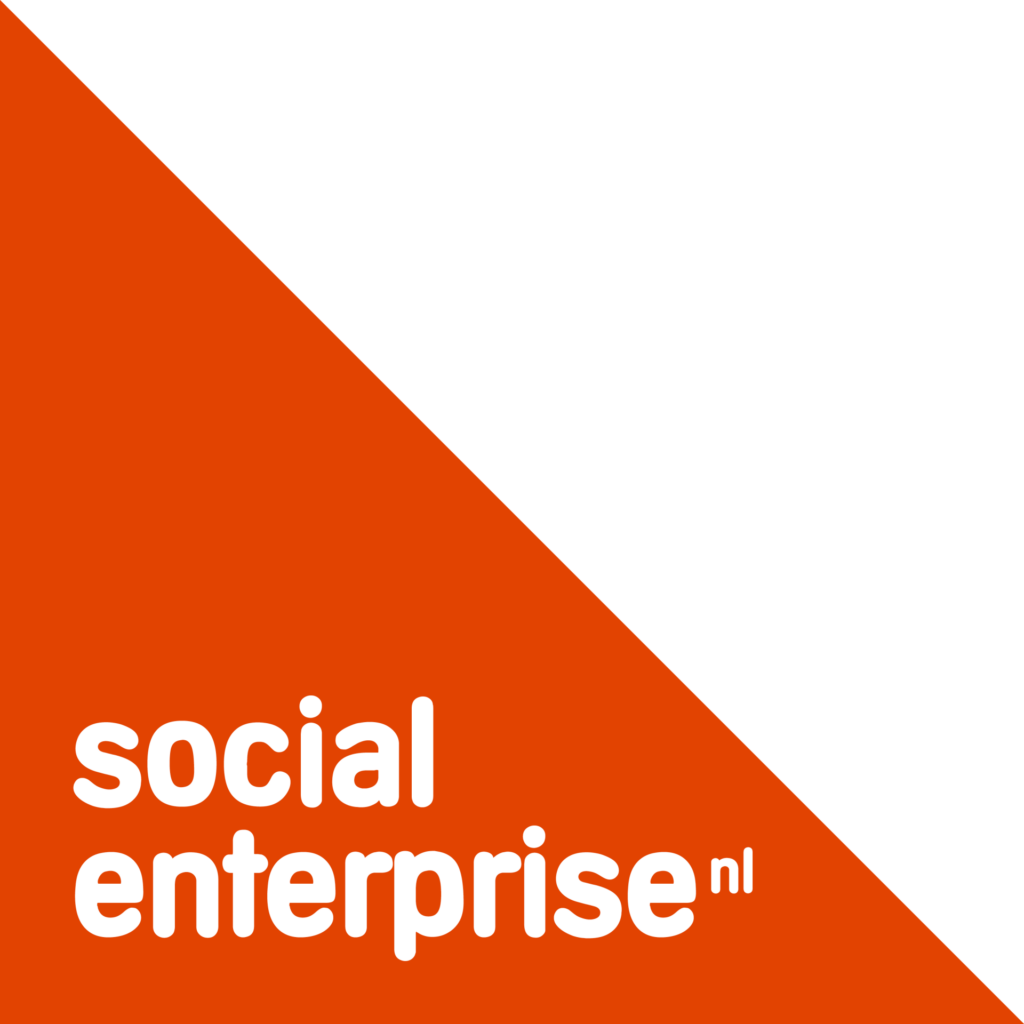“What we treasure, we measure”: Ryan Hopkins on building the future of wellbeing

Ryan Hopkins, Future of Wellbeing Lead and InsideOut 2022 Global Emerging Well-being Leader of the year, shares his perspective on a more strategic, measurable and practical approach to employee well-being.
Ryan, congratulations on being awarded the InsideOut 2022 Global Emerging Well-being Leader of the year award as well as LinkedIn Top Voice for Work Life Balance. It's truly an honour. Can you introduce yourself, and your role as wellbeing lead at one of the Big 4 consultancy firms?
I’ve worked various jobs worldwide. Initially, I aimed to become an electrician in my early career, but an injury shifted my path. After university and a few other diverse roles, I joined one of the Big 4, focusing on helping people adapt for the future of work. Sharing my struggles with depression, anxiety, and more, I created safe spaces for open conversations and growth. Leaving the Big 4 company to lead tech initiatives, such as unlimited vacation and hybrid work, I saved time while enhancing work-life balance.
Now, returning to the consultancy, I collaborate globally to create thriving workplaces where well-being is tangible. We develop workplaces where people can thrive. Where well-being is not seen as fluffy, intangible benefit, but something that’s quantifiable that’s proactive, and that addresses stressors rather than symptoms.

So how are you getting the word out about well-being and how to focus on tangible, effective solutions that make a difference?
Over the years, I’ve put in a lot of effort to talk openly about my experiences. I kept my struggles to myself for eight years. Now, I’m sharing my story with everyone who is willing to lend an ear and even those that aren’t. And it feels like a burden has been lifted. Shaping the future of well-being at one of the Big 4 keeps me occupied, and in the weekends I create content. So far my well-being content has been viewed over 8 million times and published by a variety of organisations, from Microsoft to The Economist. I recently launched a book, ‘52 weeks of wellbeing: a no nonsense guide to a fulfilling work life’, which will be available in January 2024. Each chapter represents a week of the year which tells you something new that you can consider, with practical steps to make your life better. I aim to avoid the woo woo stuff and focus on the practical things that move the dial.

That all sounds really amazing, but also a lot. How do you manage your own well-being and balance?
My personality is now closely connected with my work and public image. Negative responses affect me more than they should. With a growing audience, engaging millions of people, criticism and rudeness are inevitable. Balancing self-care and persistence is a constant challenge. Managing my workload is also demanding. Despite my passion, moments of fatigue arise. I recently discovered I have ADHD and maintaining boundaries is crucial. Despite appearing rigid, my established routines give me freedom.

You’ve made Well-being really work in practice in your career: any tips for other professionals trying to increase employee Well-being?
It has to be practical. You have to speak the language of the individual who you’re talking to. If you come in with psychologist language, you’re never gonna engage anyone. You even scare them away. If you come in with a C-Suite language or scientific stuff, it’s gonna be too dry. You have to consider the audience and people in well-being and notoriously bad for this. They mean well because they feel so passionate and they want to share from their perspective, but you have to consider that the person you’re talking to has got their own way of understanding things and they probably don’t have the mental capacity to learn everything the way that you’ve learned it. I can know, I walked with my stuff in silence for 8 years. So, I always try to take that with me in the work that I do, to really make Well-being accessible and tangible.

If you look at the coming year, what do you think are the biggest new trends in employee well-being?
I think it will be the realisation that less is more in the workplace. In Western cultures, there’s often a tendency to add more to solve problems, stemming from our entrepreneurial spirit. While this approach has advantages, looking to the East’s focus on the collective, offers insight. The biggest cause of workplace stress is workload – accounting for around 78% – it’s double any other cause. Adding more tasks to an already full plate exacerbates the existing problem, even if the intention is to help.
Whilst increased awareness is fantastic, the causes of workplace stress haven’t changed. I try to help businesses understand the financial costs of not prioritising well-being, taking a quantified approach to what is seen as a soft and fluffy topic. Currently, only 1% of companies measure the effectiveness of well-being initiatives. Until that changes, everything is guesswork. Companies need to consider attrition, engagement, and absenteeism amongst other data points. I foresee a realisation that well-being is more science than art,, as it is currently perceived; what we treasure, we measure. Also we work towards understanding its impact better.

Is this the actual trend, or is it more of your hope, since it appears that many companies aren't aligned with your perspective, right?
That’s a valid point and a significant challenge – one that I’m determined to turn into an opportunity.
OK, so the trend is leaning towards flexibility. This flexibility includes various forms: geographic, temporal, and modal. Geographic flexibility involves hybrid policies, temporal includes condensed work weeks and unlimited paid vacation, while modal aims to create a workplace accommodating neurodiverse individuals, whenever, wherever, and however people prefer.
The result is a more inclusive workplace, tailored to individuals’ needs. This approach emphasises outcomes over inputs. Although we observe a slight swing back to in-office work, I believe that flexibility will persist. My hope is that it gives people more time in their lives.

What do you think are the top challenges that organisations face regarding well-being?
So, there’s so much disparate data and sentiment that it seems impossible to know what the problem is. And the people dealing with these problems are resource constrained. It’s not really fair to ask one or two people to care for 200,000 employees, but that’s how it often is.
Technology overload is also significant. There’s a lack of clear digital boundaries, leading to a 25% rise in weekend work hours and spending 250% more time in meetings since the pandemic, according to Microsoft. Even though we’ve resumed in-person work, the habits of squeezing extra tasks into our days persist. It’s unclear whether these additional tasks are truly productive or simply busywork. Email, for instance, can often feel like passing tasks to others.

And having covered the top challenges, what solutions have you seen that really work?
Well, companies are different, so it does depend on the organisation. I’ve seen companies try implementing unlimited paid vacation without a strong change management plan. They might roll it out globally, only to realise it’s not effective and have to roll it back. On the other hand, I’ve been at a company where the same was implemented successfully due to the detailed change management approach. We considered cultural differences, planned the transition, and ran internal and external campaigns. People even joined the company because they saw the benefit also.
I’d say that the success of well-being initiatives are heavily contingent on the implementation and change management approach – how much effort is put into making them work like any other large organisational initiative.

Moving on to the organisation-wide perspective, how do you perceive the decision-making process regarding budgets, policies, and the implementation of various efforts?
Currently, because well-being in the workplace isn’t measured, we’re experiencing a surprising decline in budgets. My research last year revealed that around 40% of companies in the UK had budgets stay the same or even decrease, despite rising costs.
It’s simple: what gets measured gets incentivised, gets improved. Leadership only grasp the importance when they understand the substantial return on investment (ROI). Deloitte’s 2022 Mental Health report states it can be as high as £7.30 for every pound spent on proactive mental health initiatives. Without measurement, well-being can and does get overshadowed by other priorities.

In your opinion, what's the most effective setup you've observed in terms of integrating well-being as a central strategic asset for businesses?
As I mentioned, the divisions between departments make it quite challenging to bring about meaningful changes, especially when it comes to well-being. The sponsorship for this doesn’t necessarily have to come from the C-Suite, but it should involve a cross-functional team of experienced individuals, including members from well-being, people, safety, IT, and other relevant areas.
In addition, change is not about a single solution, but a series of steps that are openly shared, measured and reported on, with data accessible to everyone. This transparent approach to enhancing well-being requires collaboration across the organisation and a senior figure to emphasise its importance.

How do you advise to make the business case for Well-being? What data points are important?
People start often with absence and burnout. But one lens I think we also should consider at the people leaving the business due to poor well-being, which is actually often a bigger cost. So, I think it’s 67% of people that left their job last year due to stress, an unmanageable workload or some other mental health related challenge (Deloitte, 2022). In addition, presenteeism is worked out as a multiplied factor of mental health absence and occurs when people are working when potentially they shouldn’t. They don’t take sick days due to a variety of issues, one being low psychological safety in the workplace, but they’re not productive.
There’s many more quantifiable data points that we could add to this to really move it from the yoga mat to performance. Also, we’re just talking about the downside, right? There’s also a huge upside that isn’t discussed or understood. It also needs to be framed as an investment. If you just put on a single event and then walk away from it, then it’s just a cost and there’s no lasting benefit. But framing it as an investment means the approach should be systematic. Everything at the moment is focused on the individual. If an organisational Well-being strategy says it’s physical health, mental, emotional, that indicates that the solutions are aimed at an individual to fix themselves. Rather we should consider the following pillars: good work, experience, lifestyle, financial and health.

When it comes to well-being as a key strategy, have you noticed any emerging patterns of ownership?
It varies based on the organisation’s context. For instance, in a fully remote company, the responsibility might lie with the CTO. If a company is facing high employee turnover due to stress, especially in industries like fast food, the CFO could take charge to reduce attrition rates. During periods of restructuring or layoffs, it would be logical for the CEO to manage the budget. If there’s an established well-being function within HR, it’s often best to let them continue leading and have other departments support them.
Ultimately, what matters most is that the leadership is actively involved, there’s clear measurement and reporting, allocated budget, and transparency in tracking the impact of these initiatives. Thus, a clear and accountable leadership sponsorship.

Are there any noticeable changes in how well-being initiatives are structured? And could you elaborate on successful examples?
Absolutely. Many companies are adopting an approach with cross-functional teams that centre around people-focused initiatives.
I actually envision a future where Diversity and Inclusion (D&I), well-being, purpose, Environmental, Social, and Governance (ESG), and the people related efforts within the ESG work ,all fall under one umbrella – a cross-functional human sustainability team that addresses all these aspects. When we view things through these different lenses, we often find that they converge onto the same goal. Whereas, currently their efforts are in competition and cannibalise one another. We need to consider both the work and the overall experience.
The organisational lifestyle and the outcome are crucial. We aim for workplaces where individuals feel included, where they belong, and can work in ways that suit them, driven by a strong sense of purpose. This aligns with hitting the sustainability targets and contributing positively to the next decade. While these initiatives may have initially emerged separately and trended individually, I believe they will eventually converge and all align on the outcome being wellbeing (rather than the focus), and we will see a dramatic improvement for the individual, team and the organisation. At least, that’s my hope for the future!
__
Did you find this interview interesting? Follow our LinkedIn account for more interesting content, or watch Ryan Hopkins’ latest TEDx talk here.

Did you like this interview?
Find more interviews with business leaders of various top companies via the button below. Would you like to receive the next interviews in your inbox? You can register below.
Powered by Inuka Coaching, a #BCorp and value-driven organisation. With our roots in research, we lead on evidence-based, digital and data-driven solutions that achieve measurable impact in employee vitality and resilience.
As part of our mission ‘Everyone resilient’, we strive to bring valuable content to advance the strategic thinking in employee well-being and facilitate a vibrant and growing peer network of leaders, because we all learn faster and achieve more together! Join our peer network of leaders focused on Well-being, register here
Find this post interesting? Share it with your connections!






